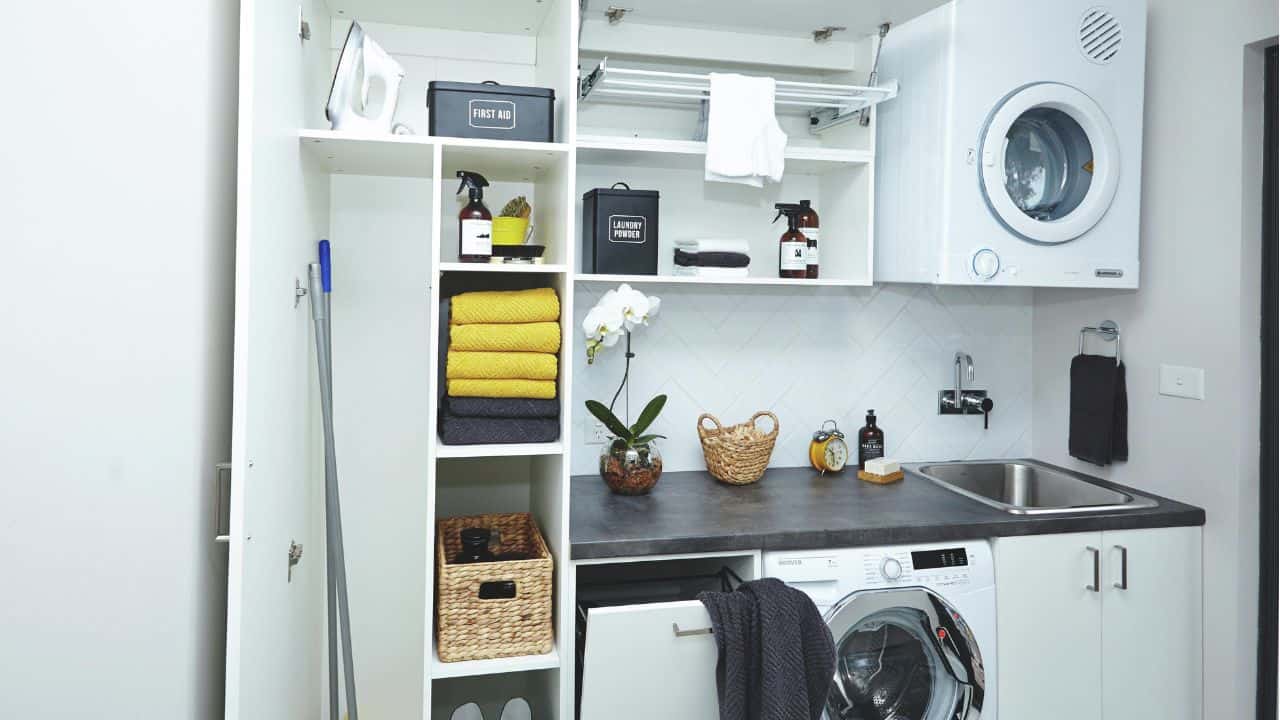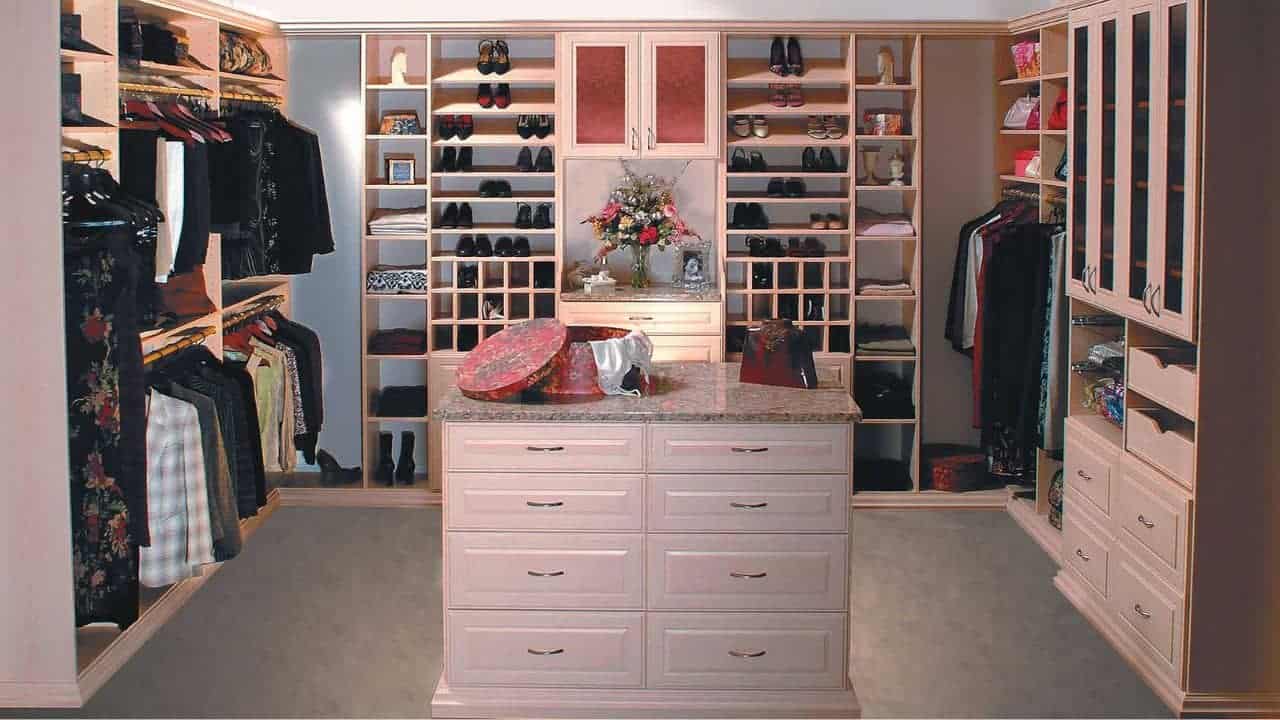Scot’s Tips: Getting Your Kids Involved
Everyone wants an organized home.
Well, almost everyone.
Your kids may not worry too much about the clutter crowding your kitchen counters, or the discarded clothes taking up all of your couch space. But you probably do.
Sometimes it seems like no matter how much time you spend keeping your home clean and decluttered, your mini-me finds a way to mess it up.
But, if you can get your children to join in on the organizational efforts, you’ll be on your way to a cleaner home in no time.
Here are three areas you should focus on when teaching your children about organization.
After School’ Drop Zone’
Every house needs one.
You may be wondering what a ‘drop zone’ is exactly.
Think about the area where your kids drop their backpacks, shoes, jackets, and homework when they come home from school.
How cluttered is that area usually? Is it an eyesore for your otherwise clean home?
Or do these items typically end up strewn across your entire house?
An after school Drop Zone can fix that.
A good spot for your Drop Zone is the mudroom or entryway. It should be where your children come in, so they can leave all of their stuff in one place as soon as they walk through the door.
By convening all of your children’s items in one spot, cleanup will become much easier, and you’ll be able to get out of the house much quicker in the morning.
Here’s what you’ll need.
Baskets
How often do you trip over errant shoes when walking through the house? And let’s not mention the times where you can find one shoe but not it’s matching pair?
Baskets are an integral part of your Drop Zone because they can be used to hold so many clothing items that often get misplaced.
Your kids can leave their shoes in these baskets as they come in, so they’re not tracking mud and dirt through the house to their rooms.
You can also leave gloves, hats, and scarves in these baskets for your kids to grab on their way out the door for those unexpectedly chilly mornings.
And when they come back, they’ll drop these items in the basket as well, keeping the pairs together and eliminating the frustration of looking for a matching set of gloves.
These baskets should be lined up on the ground and against the wall, that way they’re in your kids’ sightlines when they take off their shoes.
Hooks/Shelves
One of the biggest mistakes people make is forgetting to use the vertical space in their homes. By installing hooks right by the entryway, you give your children a place to hang up their jackets and backpacks as they come in.
Make sure these hooks are sturdy because a child’s backpack can get pretty heavy.
If you can’t put holes in the walls, a removable shelving unit is a good alternative. These can be customized to fit your exact needs and, if you ever move, can be taken with you.
By utilizing the vertical space right by your door, you give your children a quick and immediate place to drop their stuff on the way in the house and get rid of a lot of the clutter in your home.
A Filing System
Parents are inundated with papers from their children’s schools, and a lot of the times, important documents get lost in the mix.
With a simple, three folder system, you can cut down the mess.
Label one folder for homework, one for important documents (such as permission slips, report cards, etc.), and one for announcements.
You should probably spend a few days after school sorting through these papers with your children so that they understand what goes where.
A filing system will quickly cut down on the number of loose papers, and it will help you to keep track of what’s going on at your children’s school.
Extra Tips
A small dry erase board or corkboard above your Drop Zone can be an effective means of communication.
Since it’s the last thing they’ll see before they head out of the house, it’s the perfect place to write down a quick reminder. If your child has a tendency to forget their homework, overdue library books, or lunch, you may want to consider this strategy.
Label everything clearly so that your kids won’t forget what goes where.
And to get them excited about using this new system, enlist their help in decorating it. Make it colorful and hang up some of their artwork to make this Drop Zone seem like an area just for them.
Laundry Day
The second organization system you can get your kids involved in is laundry day.
Kids have a tendency to throw their clothes all over the place when they’re ready to change. And they don’t mind tripping over a shirt or a pair of pants every now and then.
But getting them involved in your laundry routine is actually pretty simple and will give them some early lessons on how to do their own laundry later on.
If you sort your laundry by color, consider buying three baskets. One for darks, one for colors, and one for whites. Label these baskets or place pictures of each color allowed on the front of the baskets so that your children can quickly identify what goes where.
Next, make sure they know what to do when the basket is full, so they don’t continue to throw clothes in and overflow it. Let them know if you want them to place the basket outside of their door or in the laundry room or somewhere else.
When the laundry is done, get them involved in the folding.
Not every child will have the attention span to sit and fold, but you can make a game out of it. Call out colors for them to grab or ask them to match up all of the socks. Give them a small prize or some praise every time they help you.
Lastly, show them where everything goes once it’s folded and ask them to help you put their clothes away.
The Closet
This is both the most important and most challenging area to keep organized.
When your children are organized, you open up a lot of time to keep your home in order.
The tricky part about a closet organization system is making it customizable. As your kids get older and taller and more interested in what they’re wearing, their closet needs will change.
If you don’t create an area that can grow with them, you’ll be forced to overhaul your organization system after just a few months or a year.
For example, low shelving for your children’s clothes works while they’re young because it’s right within their reach. But as they get taller, they’re not going to want to drop down to floor level to sort through their pants and shirts every day.
And don’t forget to use your vertical space to maximize your storage. It may seem unnecessary since they won’t be able to reach a lot of their closet at first, but this can be beneficial to you.
You’ll be able to put meaningful keepsakes, trophies, and more delicate clothing up high to keep your kids from messing them up.
A custom closet design is especially useful when your children are young. The house can get hectic when you have kids running around, and there’s so much that you don’t want to miss when they’re growing up.
Here at 180 Closet Design, we want to make staying organized the easiest part of your day so you’ll have more time to run around with your kids instead of just cleaning up after them.
Call us today for your free consultation.


